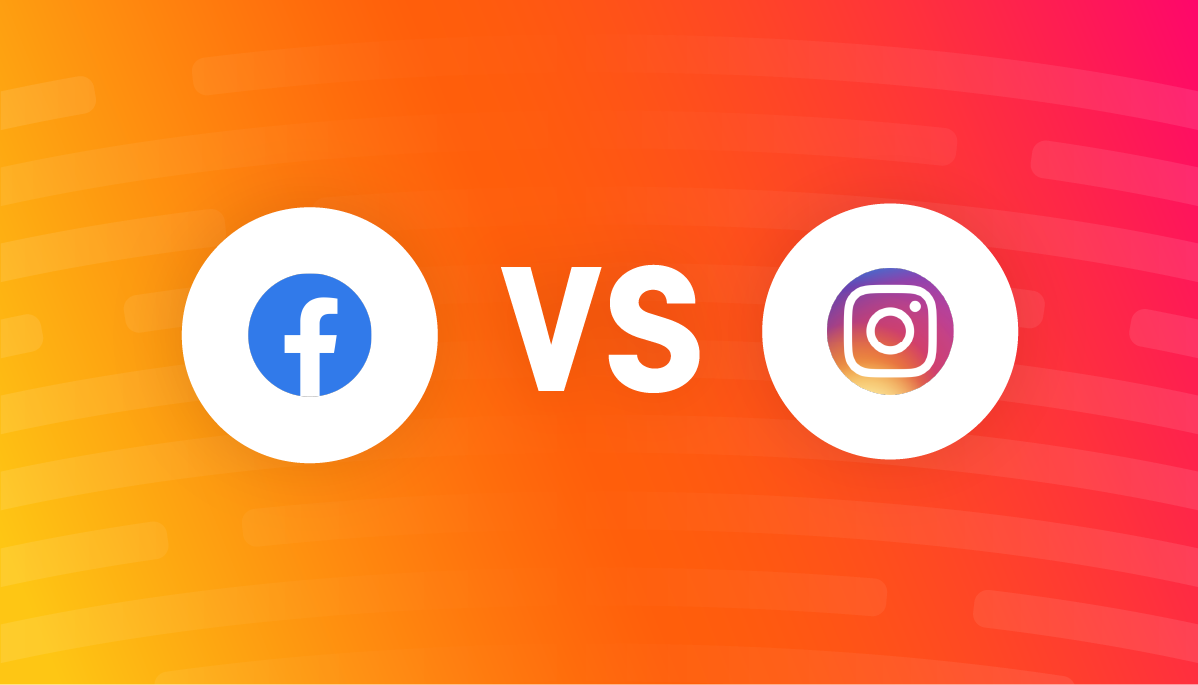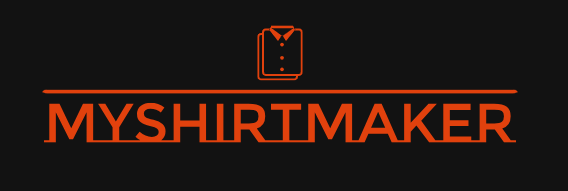Facebook vs. Instagram Ads Which One Converts Better?

In the constantly shifting digital landscape, paid social media advertising continues to be a powerful strategy for businesses aiming to reach, engage, and convert their target audiences. Among the most powerful platforms in the Meta (formerly Facebook) ecosystem, Facebook Ads and Instagram Ads stand out as dominant players. But as we approach 2025, the question remains: Which platform converts better—Facebook or Instagram?
Whether you’re a marketer, entrepreneur, or student enrolled in Digital Marketing Courses in Pune, understanding the comparative performance of these two advertising giants is essential for building high-ROI campaigns.
The Popularity of Facebook and Instagram Advertising
Let’s start with a brief overview:
- Facebook Ads have been around since 2007 and remain one of the most robust advertising tools in the digital world. It boasts over 2.9 billion monthly active users, diverse age demographics, and granular audience targeting.
- Instagram Ads, introduced in 2015, have gained massive traction, especially among younger demographics. With over 2 billion monthly active users, it’s the go-to platform for visual storytelling and lifestyle branding.
Both platforms are run through Meta Ads Manager, allowing advertisers to create, manage, and analyze campaigns from one unified dashboard. However, their user intent, content style, and ad formats differ greatly.
Audience Demographics & Behavior
- Audience age: 25–54 years dominate
- Best for: Informational content, B2B marketing, community engagement, longer-form storytelling
- User intent: Information-seeking, discussion, family and friend interaction
- Audience age: 18–34 years dominate
- Best for: Visually compelling content, influencer marketing, brand discovery
- User intent: Browsing, lifestyle inspiration, entertainment
Insight: If your product caters to professionals, parents, or an older demographic, Facebook might deliver better conversions. If you’re in fashion, travel, wellness, or eCommerce targeting Gen Z and millennials, Instagram often drives stronger engagement.
Ad Formats Compared
Facebook Offers:
- Image Ads
- Video Ads
- Carousel Ads
- Collection Ads
- Messenger Ads
- Lead Ads
- Instant Experience (Canvas)
Instagram Offers:
- Image & Video Feed Ads
- Instagram Stories Ads
- Carousel Ads
- Reels Ads
- Explore Tab Ads
- Shopping Ads (Instagram Shops)
Insight: Instagram’s format is more visually immersive, while Facebook gives more ad types, especially those suitable for capturing leads (like lead forms and Messenger ads).
User Engagement & Scroll Behavior
- Facebook users spend more time reading, clicking links, and commenting on posts.
- Instagram users are quicker to like, share, or save but may scroll past without reading long descriptions.
Conversion Tip: Facebook works well for content-heavy offers, webinars, and in-depth services, while Instagram thrives with visual products, quick calls-to-action, and impulse buying.
Cost & Budgeting
Let’s break down the average Cost Per Click (CPC) and Cost Per Thousand Impressions (CPM) across platforms.
| Platform | Avg. CPC (2024) | Avg. CPM (2024) |
| ₹6.50 – ₹15 | ₹150 – ₹500 | |
| ₹7.50 – ₹20 | ₹200 – ₹700 |
Insight: Facebook typically has lower costs per conversion when targeting broader audiences. Instagram, while slightly pricier, often drives higher engagement rates, especially when ads are optimized for Stories or Reels.
A/B Testing & Conversion Tracking
One major advantage of both platforms being under Meta is the shared Ads Manager, which supports:
- A/B testing (split tests)
- Conversion tracking (via Meta Pixel)
- Custom & Lookalike Audiences
This means you can run parallel campaigns and compare metrics like:
- Click-through Rate (CTR)
- Cost per Lead (CPL)
- Conversion Rate (CVR)
- Return on Ad Spend (ROAS)
Pro Tip: For best results, segment your budget and run identical creatives across both platforms to get clean data on performance differences.
eCommerce Conversions: Who Wins?
Facebook excels at:
- Driving traffic to landing pages
- Lead generation for high-ticket services
- Retargeting users with long-form content
Instagram shines at:
- Impulse purchases directly in the app
- Product discovery via Influencer UGC
- Creating buzz with Stories + Reels
Example: A fashion brand launching a new sneaker line will likely get more conversions from Instagram Reels and Shopping ads. In contrast, a financial service promoting a webinar may convert better through Facebook Lead Ads.
Creatives Matter More Than Ever
On both platforms, creatives drive performance. But Instagram’s visual-first nature means aesthetics reign supreme. If your image or video isn’t scroll-stopping, you’ll lose attention instantly.
Instagram Creative Best Practices:
- Bright colors & short texts
- Real faces and emotions
- Quick, eye-catching video intros
Facebook Creative Best Practices:
- Storytelling captions
- Clear CTA buttons (e.g., “Download Now”)
- Use of testimonials or video explainers
Influencer Campaigns & Brand Reach
Instagram is undeniably the home of influencer marketing. Micro- and nano-influencers drive stronger ROI through native content and niche followings. Facebook has less influencer presence but performs well with brand pages and groups.
Stat: Influencer campaigns on Instagram can drive up to 3x engagement compared to similar efforts on Facebook.
Case Study Snapshot
Example 1: SaaS Product
- Ran lead-gen campaigns on both platforms.
- Facebook CPC: ₹10 | Instagram CPC: ₹18
- Facebook CVR: 6.5% | Instagram CVR: 4.2%
Winner: Facebook (for B2B leads)
Example 2: Skincare Brand
- Used video creatives across both
- Facebook ROAS: 1.8x | Instagram ROAS: 3.6x
- Instagram Reels performed 3x better
Winner: Instagram (for D2C impulse buys)
Which One Should You Choose?
The real answer isn’t one-size-fits-all. Here’s a breakdown based on goals:
| Goal | Better Platform |
| Lead Generation (B2B) | |
| Product Discovery | |
| Webinar Signups | |
| Influencer Campaigns | |
| Retargeting Past Visitors | |
| Impulse Shopping | |
| Video Views (Branding) | Instagram Reels |
If you’re new to paid advertising or want structured guidance, enrolling in Digital Marketing Courses in Pune can help you navigate this landscape with confidence. These courses often include hands-on training in Meta Ads, creative testing, and performance optimization.
Final Verdict: Facebook or Instagram?
Let’s wrap it up with key takeaways:
- Facebook is better for leads, long-form content, and budget-conscious campaigns.
- Instagram is better for brand awareness, visual products, and younger audiences.
- Use both platforms in tandem for retargeting, testing, and building full-funnel campaigns.
Optimize Before You Spend
Before investing in either platform:
- Define your campaign objective clearly.
- Segment your audience (cold vs warm).
- Build tailored creatives for each.
- Test, tweak, and scale based on real data.
Lastly, if you’re looking to make a career in this space or enhance your skills as a professional, consider learning through a digital marketing institute in Pune that covers the nuances of Meta advertising with case studies, campaign simulations, and placement assistance.
Integrating Both Platforms: A Winning Strategy
If you’re struggling to pick one platform, the good news is — you don’t have to. Many successful digital marketing strategies in 2025 use an integrated approach that utilizes both Facebook and Instagram to cover all stages of the customer journey.
Here’s how you can structure a cross-platform campaign:
Awareness Stage:
- Use Instagram Reels and Stories Ads to generate brand awareness and reach a younger audience.
- Showcase lifestyle content, product teasers, or short testimonials.
Consideration Stage:
- Use Facebook Video Ads and Carousels to educate, inform, and provide deeper context around your product/service.
- Include explainer videos, comparisons, or success stories.
Conversion Stage:
- Use Facebook Lead Ads or Instagram Shopping Ads to drive direct action — sign-ups, downloads, or purchases.
- Include urgency-based offers like “limited time only” or “free shipping.”
This layered strategy ensures your audience moves from brand discovery to final conversion, engaging with the most effective content at every stage.
Tracking and Measuring Success
To make informed decisions on ad performance:
- Install and configure the Meta Pixel correctly on your website.
- Use custom events like “Add to Cart,” “Lead,” or “Initiate Checkout” to monitor key user behaviors.
- Leverage A/B testing to compare performance on different ad formats, creatives, CTAs, and platforms.
Pro tip: Never assume one campaign is better just because it’s cheaper. Always look at the entire customer acquisition cost (CAC) and lifetime value (LTV) to evaluate true ROI.
The Future of Facebook & Instagram Ads
Looking ahead into late 2025 and beyond, here are the trends that will shape ad strategies on these platforms:
- AI-powered Ad Automation
Meta is integrating more AI tools that automatically optimize ad placements, creatives, and targeting to get better performance with less manual effort. - Augmented Reality (AR) Ads
Instagram is leading the charge in AR ads, allowing users to “try on” products virtually before purchasing — especially useful in beauty and fashion niches. - First-Party Data Strategies
With ongoing changes in data privacy laws and third-party cookie deprecation, both platforms are shifting towards first-party data strategies (email lists, engagement data, etc.). - In-App Shopping Expansion
Instagram is doubling down on in-app purchasing features, turning your feed into a shoppable storefront. - Greater Focus on Reels
Short-form video isn’t going anywhere. Instagram’s Reels Ads are seeing higher engagement and better algorithmic support compared to other formats.
Summary Checklist: Which Ad Platform is Best for You?
| Business Type | Choose Facebook Ads | Choose Instagram Ads |
| B2B Services | ✔️ Stronger lead quality | ❌ Less focus on conversions |
| D2C Fashion/Beauty Brand | ❌ May underperform visually | ✔️ Visual appeal = better sales |
| Webinars/Ebooks | ✔️ Ideal for long-form copy | ❌ Scroll-past risk |
| Impulse Purchases | ❌ May require more steps | ✔️ Quick buy via IG Shop |
| Older Demographics | ✔️ More active users 35+ | ❌ Primarily 18-34 |
| Influencer Collaborations | ❌ Less impact | ✔️ Highly effective |
Conclusion
In the battle of Facebook Ads vs. Instagram Ads, the winner depends entirely on your business model, audience, and marketing objective.
If you’re focused on lead generation, B2B sales, or retargeting, Facebook is likely the better choice. On the other hand, if your goal is to increase brand awareness, build a loyal community, or sell visually appealing products, Instagram is your best bet.
That said, a smart marketer doesn’t choose — they test. By using both platforms strategically, you can gather real data and make informed, performance-driven decisions.
And if you’re new to these platforms or want to upskill for a competitive edge, you should definitely explore Digital Marketing Courses in Pune. These courses cover real-world advertising strategies, campaign simulations, and certification paths that can accelerate your growth in the digital space.
At the end of the day, platforms evolve, but understanding your audience and offering them value will always remain at the heart of successful digital advertising.






